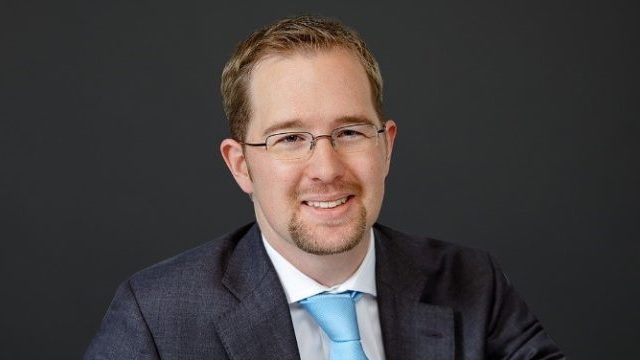Marc Bindschädler, Vontobel Asset Management
ESG analysis is mainly a risk management approach, said Zurich-based Bindschädler, who analyses ESG standards for funds managed by MTX. “Companies that fail to meet the minimum standards in the ESG areas would risk profitability and competitiveness compared to their peers that do,” he told FSA.
A quantitative approach is the best way to aim for objectivity in ESG investing, he added. “We try to take away subjectivity from our ESG analysis. That means, whenever it is possible, we have tried to quantify things.”
For instance, in the environment management segment, the boutique’s analysts would score the company’s internal policy to determine whether they have satisfactory policies on, for example, carbon emission, waste treatment or air pollution.
Additionally, data is quantified for corporate governance. He said the minimum standard for a company would be forming a board that has 60-70% independent directors.
Bindschädler said the ideal way to be more objective would be to assess ESG on a binary basis, which he describes as a “zero or one” rating based on measurable indicators. But he also admits it is very difficult and often not possible.
Quantifying minimum ESG thresholds for an investible company can be a highly subjective process because analysts draw conclusions based on their individual experiences, he added.
For example, the firm’s analysts look at company history for the number of cases of corruption or bribery and compare the information with the history of peer companies. The number of cases alone, however, isn’t necessarily a deep enough look. Each case differs by dynamic factors such as political and cultural climate, which require subjective views.
Moreover, the manager looks at a range of 20-25 indicators under the internal ESG scoring system, but their weightings vary among different sectors.
He said, for example, the firm considers environment issues more important in the energy, materials and utilities sectors, where it accounts for a 50% weighting of the overall score. In financials, by comparison, environmental issues account for 20% of the score.
The firm also sets lower minimum standards for emerging market companies than developed market peers. But rapid and massive changes in the emerging markets have clearly enabled companies with ESG policies to outperform peers with lesser standards, he said.
“Therefore, it is crucial to only invest in the ESG leaders in terms of emerging markets.”
China opportunity
The firm also manages the Vontobel Clean Technology Fund, which has AUM of €259m ($306.97m) and has 6.3% of the portfolio invested in Chinese companies, as of the end of March, according to FE.
“[In China] it is clear the government wants to invest more in clean energy to improve energy efficiency,” Bindschädler said. “Also, clean railway transportation and electric vehicles are in strong demand and China is very active in enhancing the technology in waste treatment.”
He said the fund invests in the larger players in the market as they tend to be more profitable and more stable in operation than smaller caps.
However, the firm currently has no intention to launch a clean technology fund investing only in China’s companies. He said the thematic product idea would not align with the investment philosophy of the boutique, which has a focus on companies with above-average profitability and return on capital.
Bindschädler advises five funds, including the China Leaders Fund, the Sustainable Asian Leaders, the Sustainable Emerging Markets Leaders, the Sustainable Global Leaders and the Vontobel Clean Technology Fund.


















